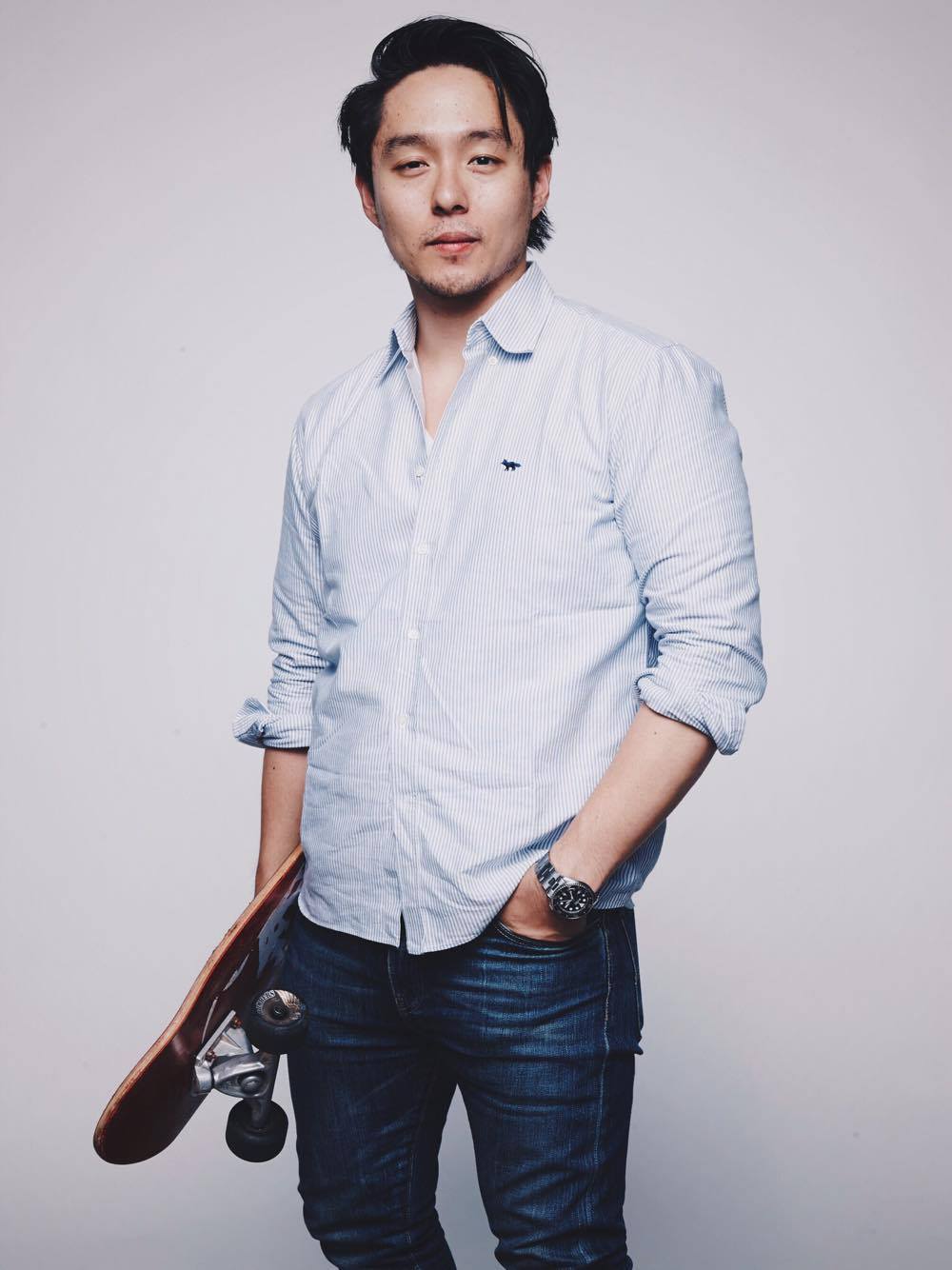Sebastien Park, an Advisory Board member of CFDA’s Elaine Gold Launch Pad program and Senior Business Designer at IDEO, sees the current moment as a call to action to come together and apply our talents towards solving for some of the toughest challenges of our time. “As the world pauses, reflects and responds, our actions today will be imprinted into perpetuity,” Park said. “While the scale of need that we’re faced with can be overwhelming, now is the moment to ask ourselves “what is in front of me right now”, that we might apply ourselves to in order to respond to the veil of human suffering that covers everything our collective eyes can see.”As part of CFDA’s celebration of American Asian Pacific Heritage Month, we caught up with the Korean American executive.
Sebastien, tell us a bit about yourself.
I’m Korean American, born abroad but grew up on the West Coast in the 90s. My father is a jeweler who built a studio over the last few decades in Tokyo, where I also coincidentally spent my childhood summer and winter breaks. It was interesting to split time between two “homes,” where each visit to family abroad was like a stop motion view into the transformation of Korea and Japan over time.
How do you incorporate/stay true to your heritage while modernizing and making your heritage your own in the work you do?
I view heritage and personal history as a basis for cultivating a practice of empathy, towards building bridges and a shared understanding. Being aware of all the things that your family (or even people who inspired you) have gone through makes you realize that each and every one of us has moments from our lives that we keep our back pocket to remind you of who you are.
It makes me think of a past chat with a data scientist I worked with last year in Shanghai, who also happens to be a practicing Zen monk. He had been thinking a lot on the notion of ‘heaps’ in data science, applied as a metaphor for how we look to understand, describe, and ultimately name the world around us. The more you try to find the differences between one group and another, you realize that there really isn’t a line that separates us. Which has me wondering these days: what does it mean to live without division?
How have you seen Asian-American representation grow to date? Are there any specific instances that make you proud to be an Asian-American? Where can we continue to do better?
It’s been inspiring to see expressions of identity in culture and commerce with creators like Black Bean Grocery, Banana, BaoHaus, Ada Chen, Felicia Chao and others that I’ve seen over the years. It’s been cool to see these tangible expressions that help further the discourse around our similarities more than our differences.
When I was traveling between Shanghai, Hong Kong and New York a few years back, I had spent some of that air time reading through Pachinko by author Min Jin Lee, where she spent 30 years sitting with survivors of the Korean war to craft an multi-generational novel. It was eye-opening, the amount of suffering, injustice and hardship that go unnoticed or unspoken of. Also made me realize that so many stars had to align for me to be here now – even to be here with you riffing on Asian-American culture. Put in another way, guess it grounds you knowing that there’s so much that goes unspoken, unwritten, unknown for each and every one of us.
What does “Togetherness” mean to you?
“Togetherness” is something that we need more of these days.
I’m continuously humbled to be part of a firm that practices “human-centered design,” where through our work I’ve been able to cross paths with a wide cross-section of people from all walks of life – whether elderly patients managing their diabetes, gig workers managing their finances through difficult times, or even young professionals picking out their wardrobe for their first day on the job.
While design research helps us understand more about the scope of a challenge or opportunities to move forward with, it’s also revealed a shared humanity where those conversations have left a deep imprint on how I think about the world; of how our differences are modest when compared to the depths of the things that bring us together.
The word makes me think of a recent conversation with a leader at the Sacred Design Lab, spun out of the Harvard Divinity School and agnostic of any religion, on their explorations on what a culture of belonging (and becoming) means in this day and age. This might be something many of us have felt as we limit our social interactions, and perhaps even before in seeking something, a sense of belonging and meaning, of something more.
I firmly believe that each and every one of us have our life experiences, our talents, our passion, our hopes that can be brought to bear in solving for the seemingly insurmountable challenges that lay before us. If anything, the notion of ”togetherness” is a clarion call to bring these gifts and apply them towards some shared vision for a more equitable, more just, more light-filled future.



